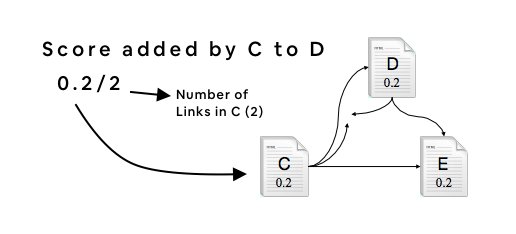Show don't tell.
"The engineers on my team just want to code. They don't want to have anything to do with product. They just want specs. What do I do?"
1/n Are you asking them do to X *and* do their "day job" as defined by their managers (and frankly your roadmap) ?
If so, start there...
Show don't tell.
If so...no they will not have bandwidth.
"I'd love to, but I am on the hook to deliver [some project] this quarter to make a good impression..."
Talk to eng management.
Or did they get thrown into the deep end the first time they were given a shot ... expected to brainstorm on demand, be as vocal as practiced PdMs and designers, and "participate" !
Make it safe to practice. Reasonable expectations.
This is likely because they attended, but didn't feel like they added value or were able to shape the direction.
This is were an experienced lead modeling how to participate can really help (cc @GergelyOrosz ). They may have no role models on how this can be healthy or go down well. Just performative kickoffs that are all slides and orders, no conversation.




















